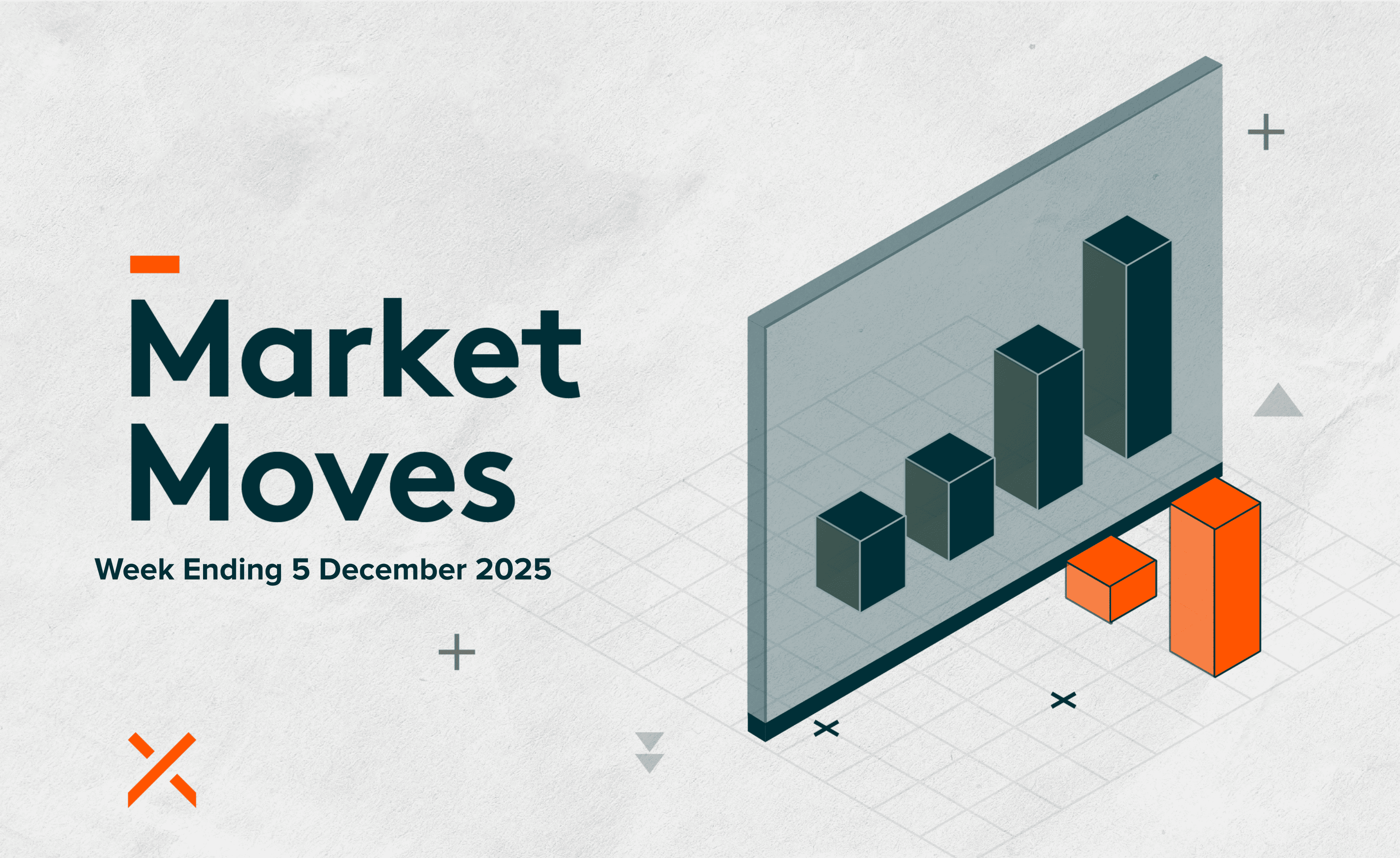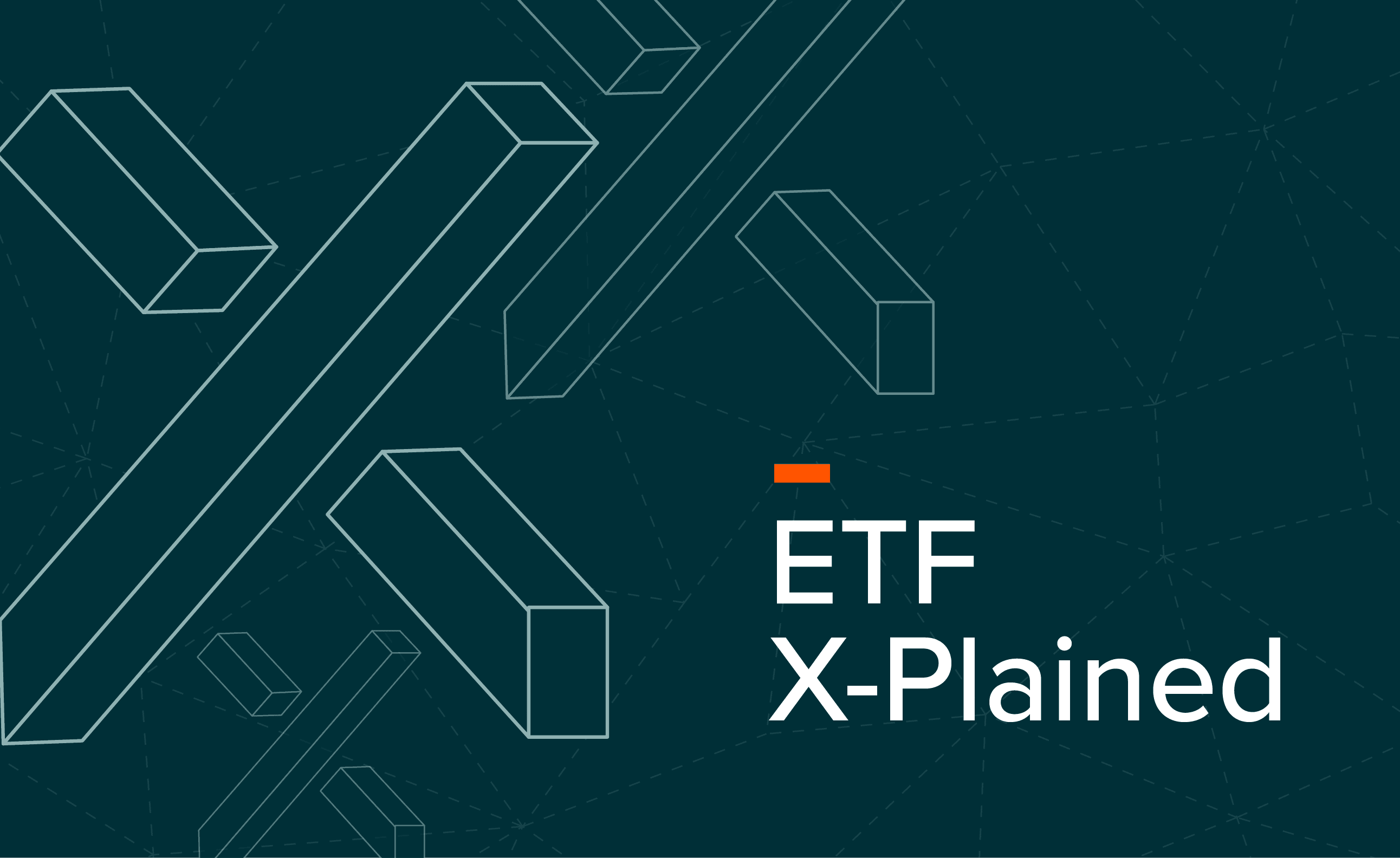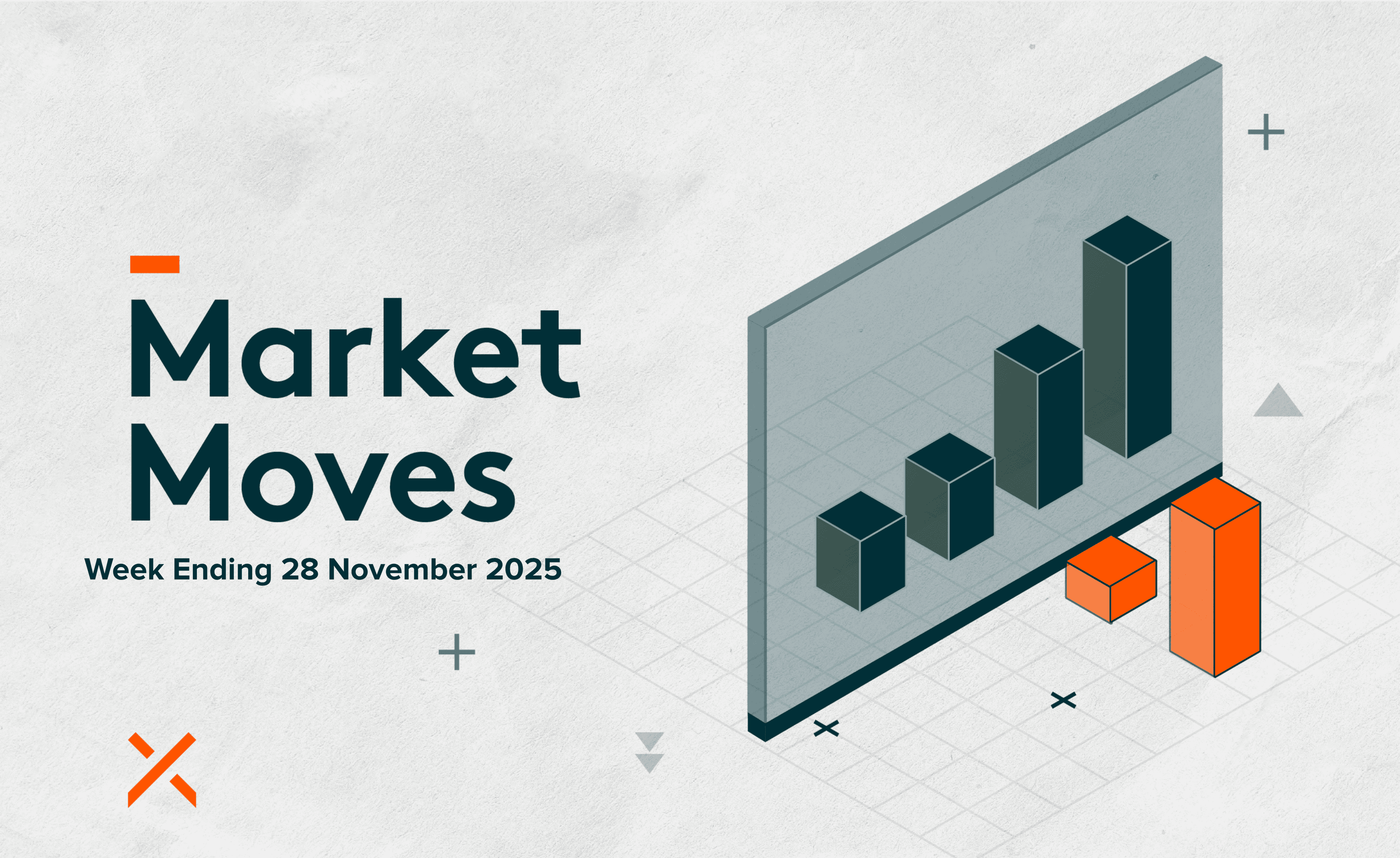For a browsing experience tailored to your needs
Select Your Location
Global X is dedicated to helping you build wealth
With over US$632 billion of assets under management, Global X currently serves thousands of advisers and more than 1 million investors.

Global X is dedicated to helping you build wealth
With over US$632 billion of assets under management, Global X currently serves thousands of advisers and more than 1 million investors.

International ETFs
Learn how Global X international ETFs provide Australian investors with access to global markets. Discover the benefits, performance, and risks of international investing.
Investing in International ETFs
Exchange traded funds (ETFs) are an accessible, cost-effective solution for those looking to invest in markets around the world. Whether you are interested in a specific country or a broader region exposure, ETFs can help you expand the borders of your portfolio.
It is often cumbersome and complex to access foreign markets due to fees, taxes, regulations imposed by international governments. Hence, international ETFs which are listed in Australia are designed to minimise the barriers to entry.
Accessing international markets is particularly important for Australian investors, because as a cohort Australians have a strong home bias. Meaning, they are heavily exposed to Australian equites and other assets, such as cash or property. International ETFs help to remove the guesswork and unlock diversification into other countries or regions in one simple trade.
Below, we will walk you through the Global X range of international ETFs, break down the top performers from the past year, and explore the benefits and risks that come with this type of investment.
Global X International ETF Lineup
At Global X, our lineup of international ETFs provides Australian investors a chance to expand their portfolio’s exposure to include some of the world's biggest economies without the need for in-depth research into every single stock or tiresome paperwork.
Performance of International ETFs
Europe's powerhouse companies and India's booming stock market have delivered solid returns over the last 12 months, riding waves of economic recovery and sector-specific growth. Below, details the performance of these international ETFs.
Global X Euro Stoxx 50 ETF (ESTX)
The Global X Euro Stoxx 50 ETF (ASX: ESTX) offers investors access to 50 of the largest and most influential companies in the Eurozone, such as Nestlé, LVMH, and Siemens. These companies represent a broad spectrum of industries, including consumer goods, technology, and finance, providing a balanced exposure to the economic backbone of Europe.
As the Eurozone navigates evolving market dynamics, including energy stability and fiscal initiatives, ESTX presents a strategic way to invest in a region renowned for innovation and industrial strength. By streamlining access to blue-chip companies, this ETF eliminates the complexities of individual stock selection while offering a diversified approach to capturing European market growth.
Why Invest in ESTX? So, why would you consider the Euro Stoxx 50 ETF? For one, it provides exposure to some of Europe's biggest companies, including global leaders who have shown resilience and growth, even in times of economic uncertainty. Also, with 50 companies in the mix, you are spreading your risk across different industries, potentially minimising risk while simultaneously diversifying your portfolio.
Global X India Nifty 50 ETF (NDIA)
The Global X India Nifty 50 ETF (ASX: NDIA) tracks India's Nifty 50 Index, a benchmark of the country’s largest and most dynamic companies, including tech leaders like Infosys and industrial giants like Reliance Industries. This ETF captures the breadth of India’s rapidly growing economy, spanning key sectors such as technology, finance, and consumer goods.
India's economic momentum, driven by strong domestic demand, public investment, and a burgeoning middle class, positions NDIA as an excellent vehicle for investors seeking exposure to one of the world's most exciting growth stories. With its targeted approach, the fund simplifies access to a market characterised by innovation and scale.
Why Invest in NDIA? India’s economy has grown rapidly, thanks to government policy, rising domestic consumption, expanding educated middle class, and technological production prowess as companies have pivoted away from China. In fact, India overtook China to be the most populous country in the world in 2023. So, if you are looking to diversify into emerging markets, India is one of the largest options available. NDIA allows you to invest in one of the fastest-growing economies in the world without having to figure out which individual stocks to pick.
How Do International ETFs Work?
International ETFs work by selecting a specific country or region and applying a set of rules to the share market to create an index, often based on factors such as market capitalisation or quality. For example, ESTX tracks the 50 companies that make up the EURO STOXX 50® Index, covering companies across the eurozone, including France, Spain, Italy, and the Netherlands. Similarly, NDIA which tracks the NSE Nifty50 Index represents the 50 largest and most liquid companies on the National Stock Exchange of India, weighted by market capitalisation.
In doing so, international ETFs allow investors to diversify their portfolio away from Australia or add a tactical allocation to specific geographies such as Europe or India.
How to Invest in International ETFs with Global X?
You can purchase international ETFs with Global X through an online trading account, online broker, or financial adviser. To get started, simply look up the ETF ticker (for example, ESTX for the Global X Euro Stoxx 50 ETF or NDIA for the Global X India Nifty 50 ETF), read the relevant PDS and TMD, and make your purchase within trading hours.
Get more information on how to invest with Global X.
What Are the Benefits of Investing in International ETFs?
International ETFs are a good choice for many Australian investors seeking new opportunities, and they come with some key benefits. These include:
Diversification By spreading your investments across multiple markets and industries, you lower the risk of being overexposed to any one country or sector. International ETFs also allow you to gain exposure to markets and sectors that are not available locally, giving you access to both developed and emerging economies around the world. Different regions perform better at different times, too, and by investing globally, you are giving yourself an opportunity to tap into growth stories beyond Australia's borders.
Cost-Effective International ETFs are also highly cost-effective, as instead of paying hefty fees for directly investing in foreign stocks or hiring a fund manager to handle your global investments, international ETFs bundle everything together at a lower cost.
Liquidity Since international ETFs are traded on the ASX, you can buy and sell them as easily as you would any other stocks. This means there is no need to worry about the complexity and taxes of foreign markets as the ETF will essentially manage these for you.
What are the Risks of Investing in International ETFs?
While there are many benefits to investing in international markets, it is important to consider some risks associated with this type of ETF. These include:
Currency Risk When you invest in international markets, you are exposed to fluctuations in foreign exchange rates, and even if the market you are investing in does well, a rising Australian Dollar could easily eat into your returns.
Geopolitical Factors International markets can be more volatile due to geopolitical factors such as political instability, trade disputes, or other global events. Emerging markets, in particular, can be unpredictable, as their economies are more prone to sudden changes.
Corporate Governance Not all countries have the same level of regulation and corporate governance as Australia or other developed markets. As a result, some international markets may lack transparency or have different accounting standards, which can add another layer of risk.
Economic Factors International ETFs are affected by the overall economic health of the countries they focus on. Factors like inflation, interest rates, and economic growth can vary from one country to another and may influence the performance of the stocks listed on their local exchange.
Related Funds
Enter your details below to download the
Thank you
Your download will start immediately. If your download does not begin, please click the button below.
Subscribe
Why subscribe?
By subscribing to email updates you can expect thoroughly researched perspectives and market commentary on the trends shaping global markets. Topics may span disruptive tech, income strategies, and emerging economies.
We adhere to a strict Privacy Policy governing the handling of your information. And you can, of course, opt-out any time.



